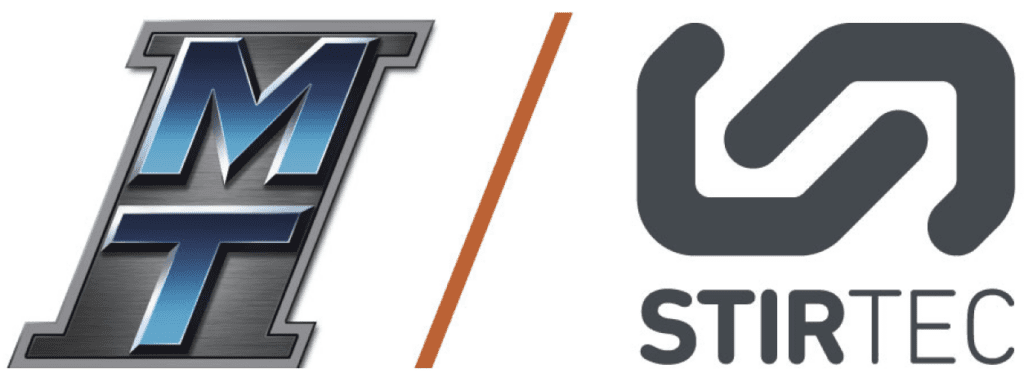
Direct Drive Friction Welding is the oldest form of the rotary friction welding process. Direct Drive friction welding can be used to join a variety of part geometries and materials, making a high quality, solid state joint. Here is the MTI process for direct drive welding:
- Like all rotary friction welding, the process is started by rotating one part while the other part stays stationary. The rotating component is accelerated up to the desired weld speed using an electric motor, and this speed is maintained throughout most of the process.
- A low friction force is added in order to generate a little heat at the weld interface. This decreases the coefficient of friction and ensures that the motor does not stall due to excessive torque.
- After a certain amount of time, a second friction forge force that is a little bit greater is brought on. This is just enough to generate heat at the weld interface to soften the material and start creating upset. Upsetting happens when the excess materials are extruded out at the weld interface between the two parts.
- Once we have achieved a desired amount of upset from the part, the energy input is decreased by braking the machine spindle down to zero weld speed, and the full forge load needed to make the weld is brought on. At this point, all of the soft material at the weld line extrudes out as upset.
- The forge force is maintained for a certain amount of time to allow the part to cool.
- At this point the weld is complete
Once this process is completed you have a fully joined, solid state part.
{{cta(‘4ff113e2-013a-42c3-8711-6b65e6e9892d’)}}
Put Our Processes to Use
MTI has put in the time, done the research and developed the processes so that you don’t have to. We can save you time and money because we have already spent both on our world class processes. We’ll build a machine that makes your part, we’ll make the part for you, or we’ll help you make the part even better.
To learn more about friction welding, explore our process to find out the MTI difference. Or watch how friction welding can be put to work for you.

